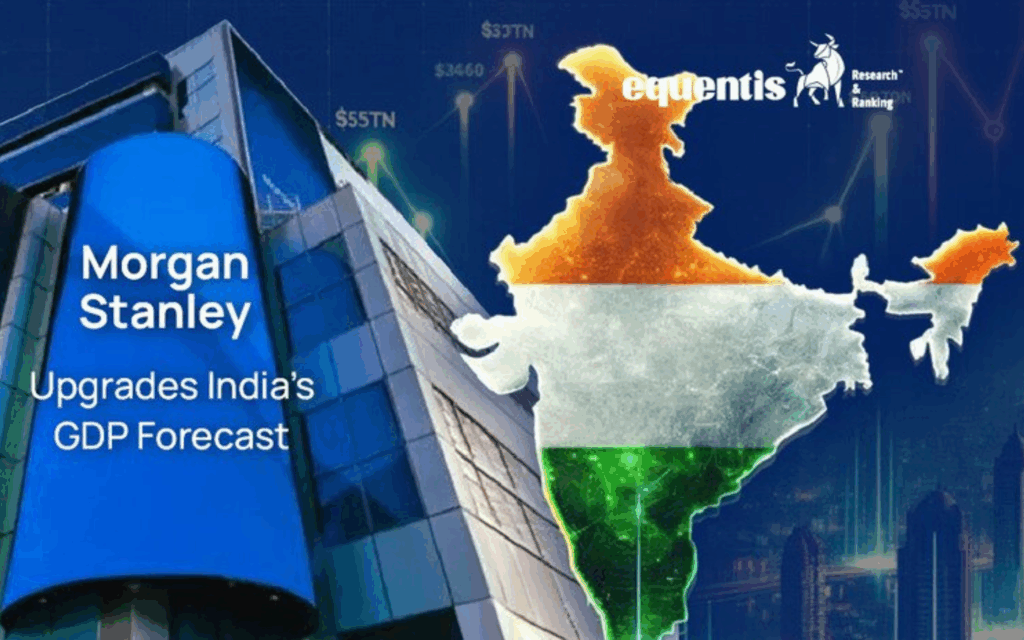Due to concerns about the US’s 50% tariff, the World Bank on Tuesday reduced its estimate of India’s GDP growth for 2026–2027 by 20 basis points (bps), to 6.3%. Franziska Ohnsorge, the World Bank’s Chief Economist for the South Asia Region, stated that the international organization increased its prediction for the current fiscal year by 20 basis points to 6.5% due to the higher-than-expected growth rate of 7.8% recorded in the April-June quarter.

There are indications that the Indian government is acting quickly to put reforms into place, she continued.
It is clear that the government is eager to de-regulate. A renewed sense of urgency has emerged for labor market reforms and their practical implementation. They are actively negotiating all of these trade agreements. In an interview with The Indian Express after the publication of the World Bank’s South Asia Development Update report, Ohnsorge stated, “This indicates a high sense of urgency and desire to deregulate and to make it simpler to do business in India.”
At 6.5 per cent and 6.3 per cent, the World Bank’s growth forecasts for the current and next year are lower than that of the Reserve Bank of India (RBI). On October 1, RBI had raised its forecast for 2025-26 by 30 bps to 6.8 per cent. Meanwhile, its six-monthly Monetary Policy Report said that assuming a normal monsoon and no major external or policy shocks, GDP growth in 2026-27 is seen at 6.6 per cent.
Transforming Indian manufacturing
According to Ohnsorge, a key area for India to explore is manufacturing goods to export them. Not only would it attract plenty of foreign direct investment (FDI) – which she said has noticeably slowed down – but also create the jobs India needs. However, this push would require “a big policy decision to really make exporting and importing easy”. This would involve reducing tariffs on intermediate goods – “which are currently more than double of what they are in the average emerging market and developing economy” – to begin with, Ohnsorge said.
Meaningfully moving the needle for India would require a reduction in non-tariff barriers. With a trade agreement with the UK already sewn up, Ohnsorge said that if India could add Europe, Australia, Canada, and the US to the list, it would have access to markets that account for 50 per cent of the world’s GDP.
Read Also: Federal Reserve Interest Rate Cut: What It Means for the Economy







Leave a Comment